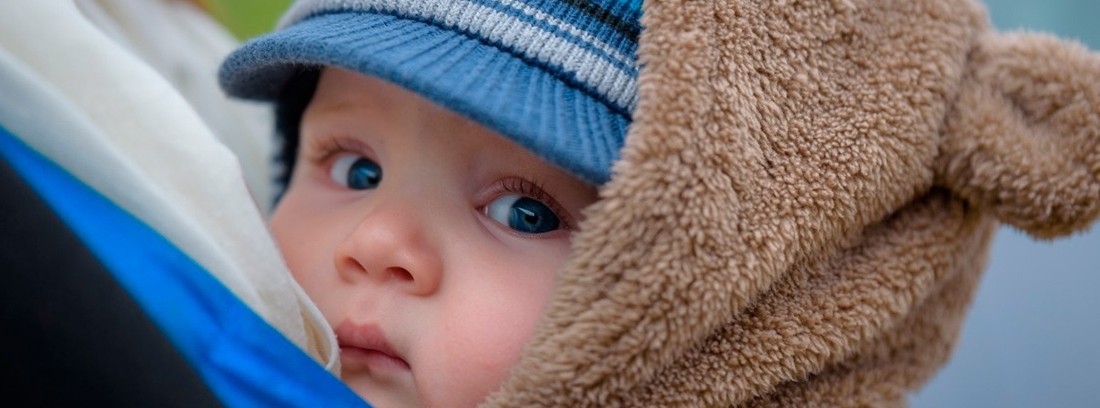The art of sheltering them well

Bad jokes say that a “coat” is the garment that parents put on their children when they are cold. It is true that keeping children warm is an issue that obsesses parents and leaves children unconcerned. How do we know if we are overdoing it? How to calm our anxiety about preventing a cold versus over covering the child?
- Children feel hot and cold just like adults, but they are more active and move more, allowing them to warm up faster.
- The exception is babies up to three months, who should be sheltered with one more layer of clothing than an adult wears.
- One way to assess whether the child or baby is okay is to touch the lower part of the neck or forehead. If they are too hot or even humid, maybe we are overdoing it.
Do children feel colder than adults?
The answer is obvious: no. In fact, the opposite happens, and I refer to the tests. Children seem to never be cold, they are more active, they move more and this allows them to warm up more quickly.
When babies go in the stroller, many parents add the blanket or fleece for a walk. This extra layer must be taken into account when dressing the baby to assess its comfort. In older children who do not use a stroller, it is about using common sense: if I, as an adult, am hot in an anorak and a wool sweater, so does my son. We must assume that they feel cold and heat with the same intensity as we do.
The exception: children under three months
Since they are immature, they are not capable of regulating their temperature well, they hardly move and we must always warm them correctly: the unwritten rule is "to put one more layer of clothing on them than an adult wears at that temperature." From three months on, babies already have more body fat and keep their temperature better.
Why are there more colds in winter?
Let's do a scientific review of the cold and its consequences. The low temperatures of winter make it difficult for the cilia of the respiratory system to move, whose function is to trap and expel germs. This phenomenon makes it easier for germs to stay and cause infections such as colds, bronchiolitis, or pneumonia.
Areas vulnerable to cold
There are parts of our body that are more delicate and sensitive to cold, such as the ears, the upper part of the thorax, the hands and the feet. For example, in very cold areas, low temperatures can damage the fat in the hands, producing chilblains. In addition, the cold wind can seriously damage the middle ear and cause otitis.
What if I overcoat it?
Well, the inevitable will happen: the child will feel uncomfortable and will sweat. The sweat will stay on the clothes and, being a liquid in contact with low temperatures, it will cool down. This sequence of events can make the child feel colder because of wet clothing.
One way to assess whether the child or baby is okay is to touch the lower part of the neck or forehead. If they are too hot or even humid, maybe we are overdoing it. The heat also creates discomfort for the child, and may manifest irritability or discomfort with crying.
Layering warm: the ideal option
A trick to better insulate from the cold and also control the degree of warmth depending on the activity that the child does, is to wrap it in layers.
Also, use a hat, gloves, scarf and earmuffs for the coldest moments.
Plastic bubbles in strollers should be used with caution, that is, only if the day is rainy or windy. Its prolonged use can create a "greenhouse effect" inside the stroller, increasing the temperature and reducing the amount of oxygen.
Beware of overcoat at night
If we have an adequate heating system, it is not necessary to overcoat the child at night. It is recommended that the infant's room be between 22-24ºC, never at a higher temperature, since it is a risk factor for sudden infant death. Nor is it advisable to use bedspreads or duvets in children under 3 years, better a pajama jacket and a comfortable room temperature.
(Updated at Apr 13 / 2024)